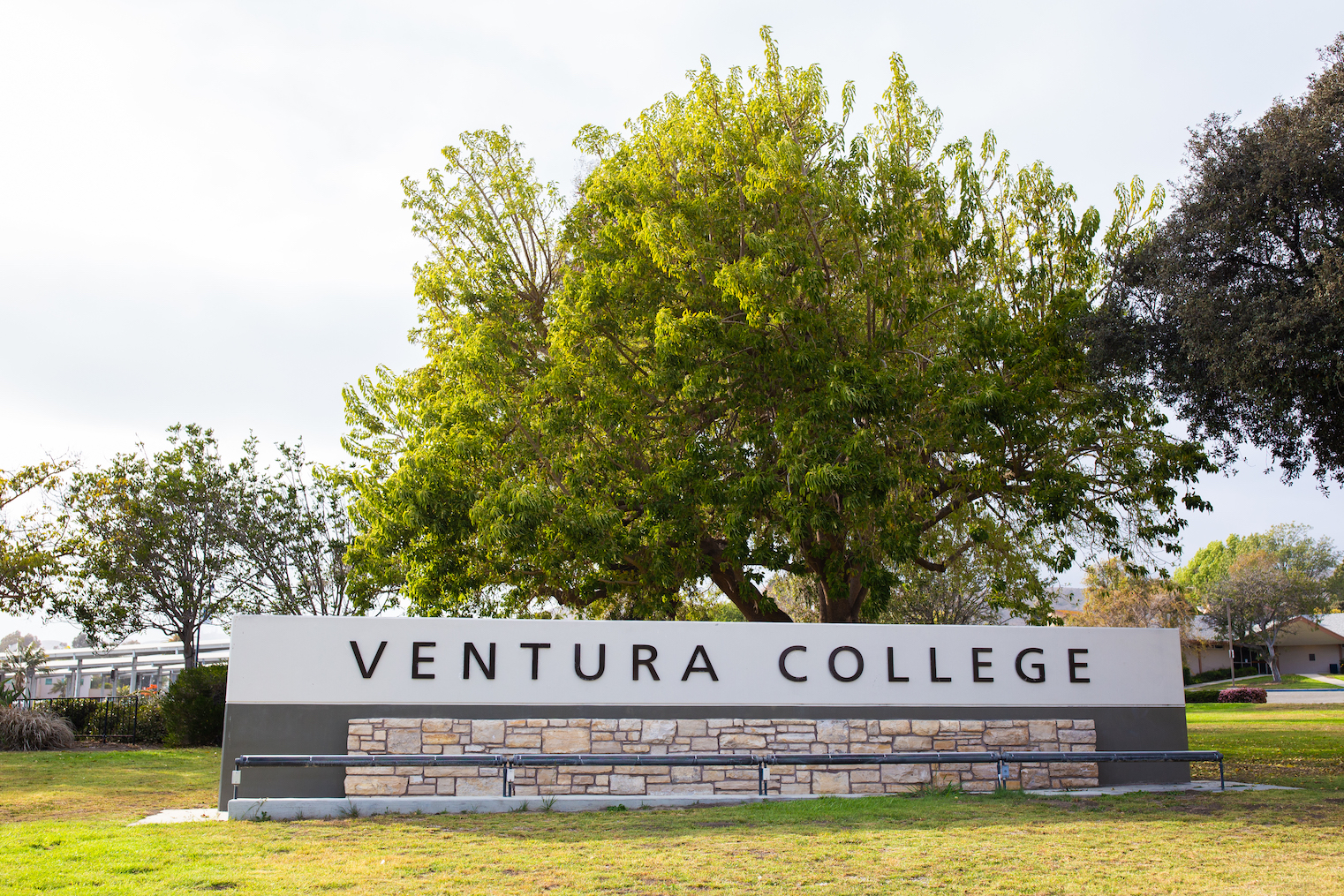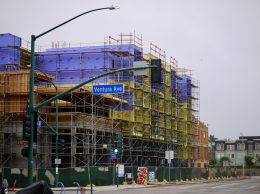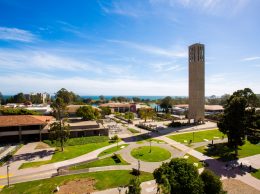In rare move for a community college, Ventura College could build campus housing for 320 students
IN THIS ARTICLE
- Higher Education Topic
- Tony Biasotti Author
By Tony Biasotti Thursday, April 7th, 2022

California’s community colleges are the nation’s largest higher education system, with 116 campuses and 1.8 million students. Nearly all these students are missing out on one of the standard features of life at a four-year university: living on campus.
That could be changing, though, and Ventura College is at the forefront of that change. A new state program is offering close to $500 million to nine public colleges and universities to build affordable campus housing. Five of the proposed recipients are community colleges, including Ventura College, which would get around $63 million to build housing for low-income students.
The grant process was competitive; the state received 117 applications asking for nearly $3 billion in funding. The California Legislature still must approve the list of final recipients recommended by the California Department of Finance, but the money has already been allocated, and Ventura College officials told the Business Times the college is very likely to get the funding.
Ventura College plans to use the money to build housing for 320 students on an undeveloped piece of land on the western side of campus, near the football stadium and tennis courts. The project has not been designed yet, but it will include around 95 apartment-style units, each one with between two and four bedrooms, said Ventura College President Kim Hoffmans. The project would break ground in about a year, she said.
“These are going to be apartments, not really dorms,” Hoffmans said. The primary difference is that the Ventura College units will have their own bathrooms and kitchens, since the campus does not have a cafeteria or dining commons.
With the $63 million state grant, Ventura College will be able to build the apartment complex without borrowing money, and will be able to keep rents far below market rate. Hoffmans said she expects rents to range from $300 to $900 per month for each student, depending on the type of unit they’re renting. Most units would have two students in each bedroom.
The apartments at Ventura College will be awarded based on need, and there is plenty of need — more than 70% of the college’s students qualify for some sort of federal financial aid, Hoffmans said.
Apartments in Ventura are out of the reach of many full-time professionals, never mind college students. According to the real estate firm Dyer Sheehan’s survey of apartment owners, in July 2021 the average rent of a one-bedroom apartment in Ventura was just below $2,000, and the vacancy rate was about 1.5%. Rents are almost certainly higher now than they were then.
“We have students who sleep in their cars, and that’s not safe for anybody,” said Dianne McKay, a member of the Ventura County Community College District Board of Trustees. “A couple of years ago there was legislation proposed to allow students to sleep in their cars on campus, and I thought that was a terrible idea. This is a much better way to help our students.”
The high rents and low vacancy rates in Ventura probably helped the college win the competitive grant process, Hoffmans said. Other factors in Ventura College’s favor: the availability of buildable land on campus; the fact that the campus is in the center of the city and has stores and bus routes nearby for residents to use; and the groundwork set by the college years ago when it studied the idea of a public-private partnership to build housing on campus. That idea never came to fruition because the rents would have been only a little cheaper than market rates, Hoffmans said.
Oxnard College and Moorpark College also have land available for housing and both applied for state grants. The California Department of Finance is recommending that each college receive a “planning grant” to keep pursuing the idea.
“I think this is something we should look forward to in most community colleges in California,” McKay said. “I think we have a lot of weight on our shoulders to make it work, because I hope it does become a wave all over the state.”










